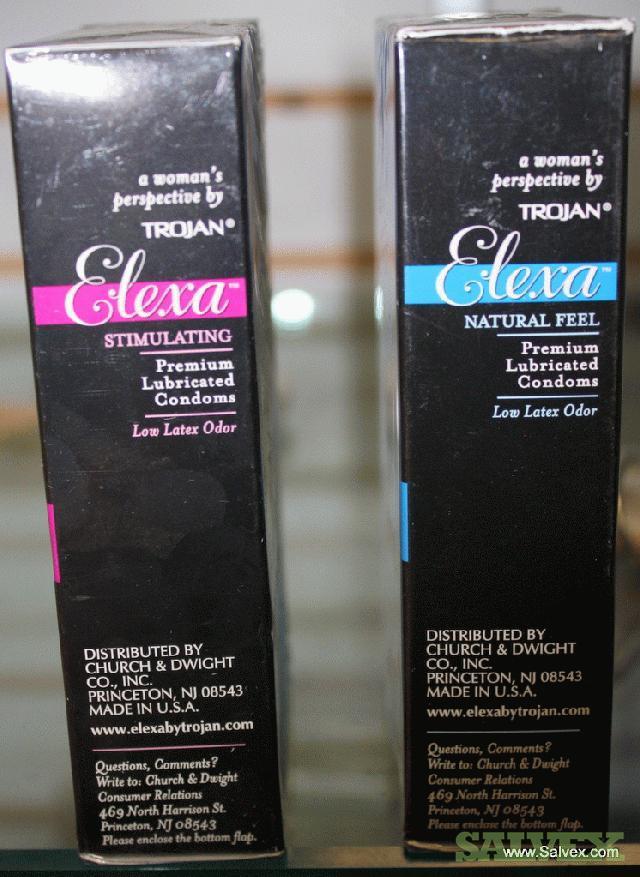

It’s likely that the advertising integration folks just can’t keep up with the pace of their product development and partnership brethren.īut have no doubt, a lot is already available to take advantage of and so few brands are. Is all of this information available today and at the touch of a fingertip? No, it’s not, but every week there are new integrations and data sources being appended by Amazon. Some of the most popular being transport and food delivery-related, which also reveal a huge amount about us, not to mention some like Zyrtec that know when we have an allergy! My bathroom and shower habits – CPG (shampoo, toothpaste, etc.), utility companies.ĭon’t forget that on top of these integrations launched at CES, there are reportedly 4,500 skills created/released by brands specifically and available in the store (as opposed to 70,000 skills in total). My pet’s behavior – food brands, accessories such as leashes, dog walking services.
#Elexa trojan tv
What content I’m watching and web pages I’m accessing on my TV – multitude of brands that no longer need to rely on computer browsers and smartphones as the sole sources of web data. What appliances I’m using, how frequently – CPG brands for complementary products (think of fridge water filters, dishwashing tablets). What I’m cooking/eating – complementary appliances, food brands, wine pairing. When I leave home, when I arrive home, when I’m on holiday – very useful information for home security, travel companies, transport companies. The answer is that this information benefits clients well beyond those who simply sell products on Amazon – it’s so powerful for non-endemic brands and services that don’t normally include Amazon at the top of their list of advertising partners.

So even if we look at only these manufacturers and products, what information could Alexa glean that would add even more verified and detailed information to the thorough profile Amazon already has on customers and their buying behavior? At least 34 companies in fact: ADT, Archos, Cavalier, Daikin, D-Link, DUX, GE, Gourmia, Ikea, iOttie, Jabra, JBL, Juno AI, Klipsch, Kohler, Lametric, Lenovo, Leviton, Lockley, Moen, nVent, Panasonic, Petcube, Razer, Ring (owned by Amazon), Roland, Samsung, Schlage, Sony, Temi, TP-Link, Vuzic, Whirlpool (and I may have missed a few). It’s probably the closest any company has come to understanding everything about a consumer’s intent in a verified and not inferred way.Įxemplifying that notion, Alexa (and Google Home for that matter) were key focuses of CES this year, and the number of manufacturers showcasing their integrations was extensive. That’s a lot of people and access is estimated to exceed one-third of the US population, which equates to a LOT of buying power – in the many trillions.Īlexa is one of the most genius moves by Amazon, and while it may seem that everything Amazon touches turns to gold, that has not always been the case (remember the Fire Phone? No, not the Samsung Galaxy Note devices that burst into flames the Amazon phones that are likely still filling warehouses somewhere). He didn’t get into specifics, but that number alone is huge, particularly as it skews heavily to the US and many of these devices (whether an Echo or a fridge) are often used by more than one person in the household. Hence, it was quite a pleasant surprise when during an interview with the Verge (published on Jan 4th) Dave Limp, Senior Vice President of Devices and Services at Amazon, revealed that more than 100 million Alexa pre-installed devices are now in the hands of the public. Amazon typically keeps its numbers close its chest.īut exactly how many prime subscribers there are, how many people use Amazon music, how many people watched Jack Ryan… you can try to guess, but they’re not going to disclose this data.


 0 kommentar(er)
0 kommentar(er)
